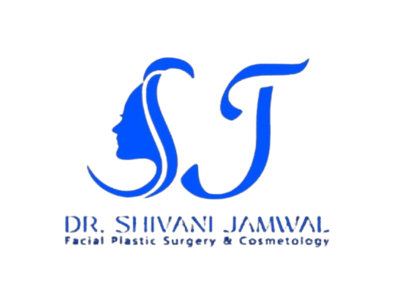+919113043886
Recently updated about

This is your website preview.
Currently it only shows your basic business info. Start adding relevant business details such as description, images and products or services to gain your customers attention by using Boost 360 android app / iOS App / web portal.
Description
A lip lift is a cosmetic procedure designed to enhance the appearance of the upper lip by shortening the distance between the upper lip and the base of the nose. This surgery aims to create a more youthful and defined upper lip contour. Here is an overview of the lip lift treatment process: Consultation: The process begins with a consultation with a board-certified plastic surgeon or a facial plastic surgeon who specializes in lip lift procedures. During the consultation, the surgeon assesses the patient's facial features, discusses the patient's goals, and evaluates the proportions of the lips in relation to the rest of the face. Medical Evaluation: The surgeon conducts a thorough medical evaluation, including a review of the patient's medical history, any medications taken, and any existing medical conditions. Diagnostic imaging, such as photographs, may be used to analyze the current state of the lips and aid in treatment planning. Treatment Planning: Based on the patient's goals and facial anatomy, the surgeon develops a personalized treatment plan. The plan may involve determining the amount of tissue to be removed to achieve the desired lift and contour. Preoperative Instructions: Before the surgery, the patient receives preoperative instructions, which may include guidelines on medications to avoid, fasting requirements, and any necessary preparations for the recovery period. Anesthesia: A lip lift is typically performed under local anesthesia with or without sedation to ensure the patient's comfort throughout the procedure. Incision Placement: The surgeon makes a carefully planned incision at the base of the nose, either along the subnasal crease (bull's horn incision) or a hidden incision within the nostrils (endonasal incision). The choice of incision placement depends on factors such as the patient's anatomy and the surgeon's technique. Tissue Removal and Lift: The surgeon removes a small strip of excess skin and tissue from the base of the nose. The remaining tissues are then lifted and secured to create a more defined and elevated upper lip. Sutures and Dressings: The incisions are closed with sutures, and the surgeon may use dressings or adhesive strips to protect the surgical site. Postoperative Recovery: After the surgery, patients are monitored in a recovery area until they are stable. There may be some swelling, bruising, and discomfort, which can be managed with prescribed medications and cold compresses. Patients are advised to avoid strenuous activities and follow postoperative care instructions for optimal healing. Follow-up Appointments: Follow-up appointments are scheduled to monitor the healing process, remove any sutures, and assess the early results. Patients are provided with postoperative care instructions, including guidelines on oral hygiene and activities to avoid during the initial recovery period. Long-Term Results: The final results of a lip lift become more apparent as swelling subsides and the tissues heal. Patients can expect an improved upper lip contour, increased visibility of the upper teeth, and enhanced facial aesthetics.

